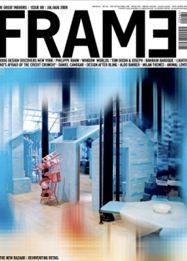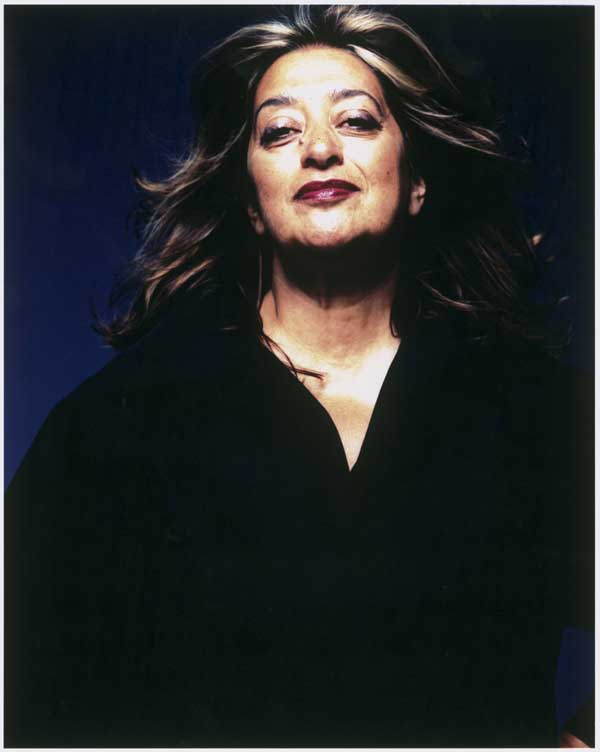Design: Charles Rennie Mackintosh and Margaret Macdonald Mackintosh
Can you identify formal design features associated with a Modernist aesthetic in your chosen interior?
The drawing rooms Mackintosh designed in 1900 is perhaps his most unique contribution in which art, architecture and design come together in a complete environment. These light, elegant and sophisticated interiors were an enormous contrast to the gritty of the drawing room
.
At 120 Mains Street, Glasgow, in collaboration with his wife Margaret, Mackintosh installed his first all-white sitting room and experimented with the contrast of light and dark rooms and ‘male’ and ‘female’ environments. “This is Mackintosh’s the most polished interior since he experimented with – and fine tuned – his aesthetic with his own homes.”(Macaulay 35).
Mackintosh was allowed a free rein with the decoration of the hall, sitting room and bedroom, where he designed everything from built-in wardrobes to fire tongs and pokers. His desire was to create a total environment of the house that was in keeping with the artistic taste of the time.
Mackintosh was allowed a free rein with the decoration of the hall, sitting room and bedroom, where he designed everything from built-in wardrobes to fire tongs and pokers. His desire was to create a total environment of the house that was in keeping with the artistic taste of the time.
Is the designer of this interior part of a Modernist movement? Does this movement have a manifesto?
Yes, he was a designer in the Arts and Crafts movement and also the main representative of Art Nouveau in the UK. He had a considerable influence on European design. At the same time a new philosophy concerned with creating functional and practical design was emerging throughout Europe: the so-called "modernist ideas". The main concept of the Modernist movement was to develop innovative ideas and new technology: design concerned with the present and the future, rather than with history and tradition. Heavy ornamentation and inherited styles were discarded. (Mackintosh and Kaplan 43).
Manifesto: William Morris, “The Lesser Arts of Life” (1877). It was a call for a different kind of life, a simpler, more honest one. (Katz).
Try to find an example of your chosen architect or designer’s critical writing (in the form of a manifesto or public declaration).
Mackintosh’s Philosophy of design:
---He believed that architecture was the supreme discipline, for it uniquely brought all arts together.
---He aimed to connect individuals with his work both functionally and spiritually.
---He believed that all the great and living architecture has been the direct expression of the needs and beliefs man at the time of creation.
---He believed that the quality of mass in a building was essential to its success.
---The expression of beauty was of equal importance to a building’s physical function and that utility alone could only be realized and would not be wholly justified if it did not consider the context of its environment. ( Macaulay 14)
How is Modernist ideologies manifested in this design?
Mackintosh became known as the ‘pioneer’ of the movement, his designs were far removed from the bleak utilitarianism of Modernism. His concern was to build around the needs of people: people seen, not as masses, but as individuals who needed not a machine for living in but a work of art. Mackintosh took his inspiration from his Scottish upbringing and blended them with the flourish of Art Nouveau and the simplicity of Japanese forms. “While working in architecture, Mackintosh developed his own style: a contrast between strong right angles and floral-inspired decorative motifs with subtle curves.” (Macaulay 62).
Mackintosh’s Philosophy of design:
---He believed that architecture was the supreme discipline, for it uniquely brought all arts together.
---He aimed to connect individuals with his work both functionally and spiritually.
---He believed that all the great and living architecture has been the direct expression of the needs and beliefs man at the time of creation.
---He believed that the quality of mass in a building was essential to its success.
---The expression of beauty was of equal importance to a building’s physical function and that utility alone could only be realized and would not be wholly justified if it did not consider the context of its environment. ( Macaulay 14)
How is Modernist ideologies manifested in this design?
Mackintosh became known as the ‘pioneer’ of the movement, his designs were far removed from the bleak utilitarianism of Modernism. His concern was to build around the needs of people: people seen, not as masses, but as individuals who needed not a machine for living in but a work of art. Mackintosh took his inspiration from his Scottish upbringing and blended them with the flourish of Art Nouveau and the simplicity of Japanese forms. “While working in architecture, Mackintosh developed his own style: a contrast between strong right angles and floral-inspired decorative motifs with subtle curves.” (Macaulay 62).
Reference List:
Katz, Barry. “The Arts and Crafts Movement”. dwell At Home in the Modern World. May 2007.
Macaulay, James. Hill House Charles Rennie Mackintosh. London: London Phaidon Press, 1994. Print.
Mackintosh, Charles Rennie and Kaplan, Wendy. Charles Rennie Mackintosh. New York: New York Abbeville Press, 1996. Print.
















